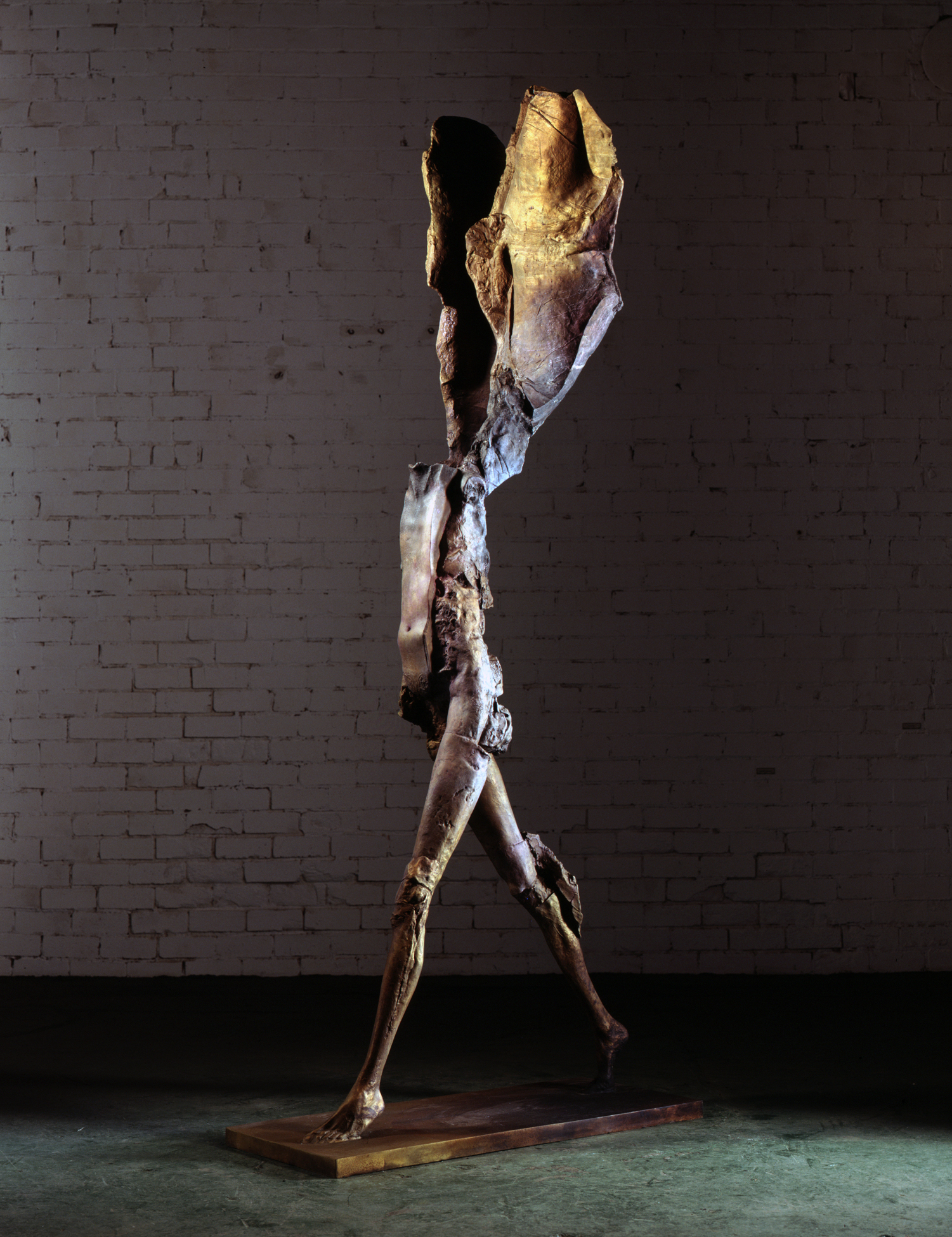Sunday, February 3, 2013
Artist Response 2: Stephen de Staebler
The ceramic work of Stephen de Staebler is truly astounding. Much of his work shows the relationship between humans and the environment. He is able to transform the clay in a way that makes it look much older than it is in many of his pieces. He works a lot with the human form, however he approaches it in a unique way. In much of his work he sculpts the human body with some or all of it represented as a geological type of formation. This is what really caught my eye about de Staebler's work. It shows humans and nature as one connected thing, worn down together through time. In the works below, it seems as if the human forms are encased in the stone, and are struggling to break free. Many of them are extending upwards as well, as if trying to shed the weight of something to reach upwards. In the piece below on the bottom, I believe the person trapped within the stone represents humanity, which is trying to break free from the natural constraints put on it by mother nature. All of his pieces, however convey a different sense of constraint put on humanity by nature. Some of his pieces evoke a feeling of determination and hope. Those are the figures that rise valiantly despite the constraint of stone. Other pieces by de Staebler, however, give more of a sad and sympathetic feeling, as if the human forms are permanently disfigured by nature in their struggle.
Subscribe to:
Post Comments (Atom)



The idea you introduce here, of humans disfigured by the struggle with nature, is really interesting and provocative. Are there ways you see this in "real life"? Do these sculptures help you get a new perspective on those situations? The other situation you describe is also interesting- humans "shedding the weight" of nature...do you think of this in terms of humans (us) shedding any kind of nature we might be born with as humans...overcoming our natures? Or do you think of it as "Nature" as in the natural world?
ReplyDeleteAlso - be sure to reference the information you look up about the artist in the response - this could be a link or the title of an article/webpage, or if you find something hard copy (ex. in the New York Times) you can reference the title and date. Then, be sure you mention how the ideas in it come up against or add to your ideas.
ReplyDeleteHow do you see de Staebler's interest in the human/nature juxtaposition in relation to William Morris's interest in the relationship between humans and nature?
ReplyDeleteThanks for the feedback! The nature I was describing was the "natural world." It seemed as if they portrayed mankind's struggle to overcome nature, create civilization. Also the tendency of humans to distance themselves from their connection to nature and the rest of the animal kingdom. For instance those people who believe that humans are "god's chosen creatures" and not as an integrated part of the natural world, as humans have been for hundreds of thousands of years.
ReplyDeleteI felt that William Morris' pieces were in a way the opposite of de Staebler's. Morris' pieces displayed the natural connection between humans and nature. His interpretations of pre-historic human artifacts, and his sculptures of animals, evoke a sense of a mutual connection between humans and nature. They seem reminiscent of a time when humans and animals coexisted peacefully. De Staebler's work, however, shows the struggle of humans to break that connection, and distance themselves from the natural world.